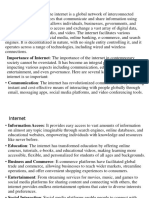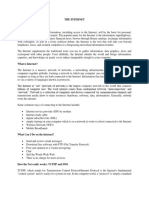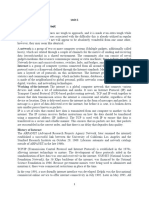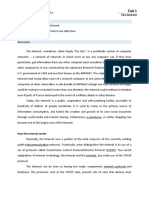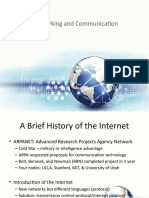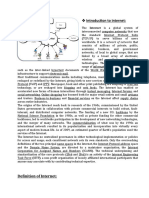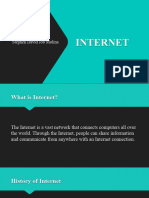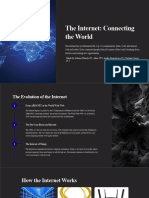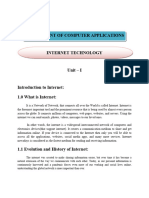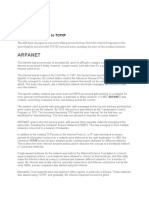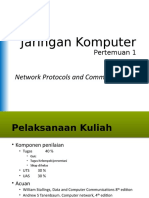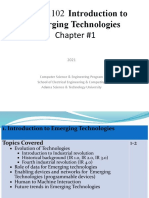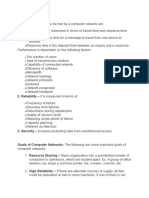0% found this document useful (0 votes)
255 views6 pagesHistory Internet
The document provides a detailed history of the development of the Internet from its origins as the ARPANET in the 1960s through modern developments like Web3 and blockchain technology. It traces the key events and innovations that expanded access and transformed how people use the Internet for communication, information sharing, commerce, and more. Challenges and disadvantages like cybercrime and overuse are also discussed.
Uploaded by
alihassanshehzada30Copyright
© © All Rights Reserved
We take content rights seriously. If you suspect this is your content, claim it here.
Available Formats
Download as DOCX, PDF, TXT or read online on Scribd
0% found this document useful (0 votes)
255 views6 pagesHistory Internet
The document provides a detailed history of the development of the Internet from its origins as the ARPANET in the 1960s through modern developments like Web3 and blockchain technology. It traces the key events and innovations that expanded access and transformed how people use the Internet for communication, information sharing, commerce, and more. Challenges and disadvantages like cybercrime and overuse are also discussed.
Uploaded by
alihassanshehzada30Copyright
© © All Rights Reserved
We take content rights seriously. If you suspect this is your content, claim it here.
Available Formats
Download as DOCX, PDF, TXT or read online on Scribd
/ 6



